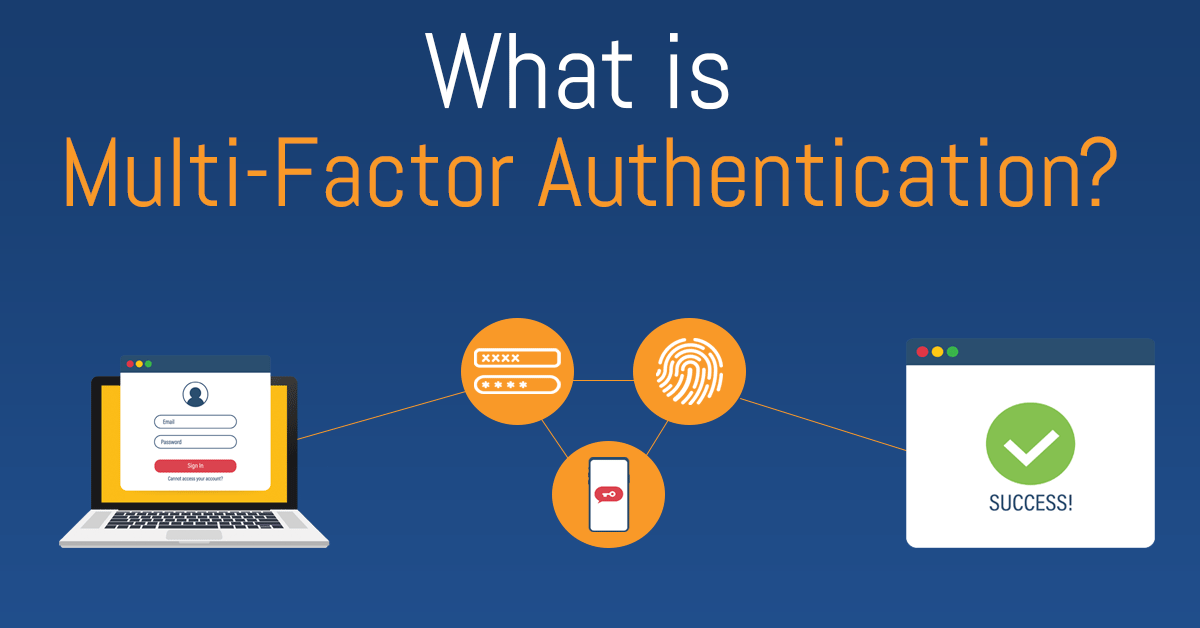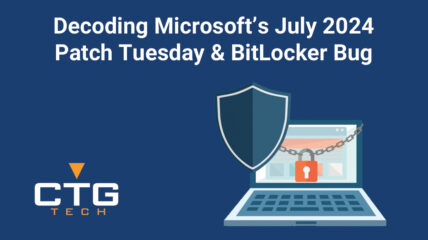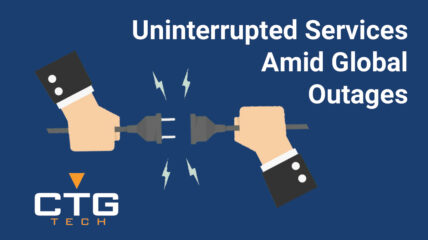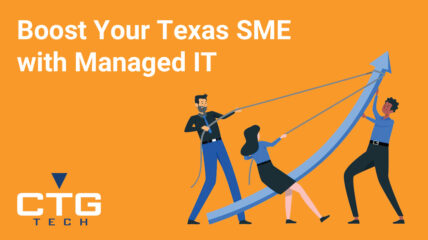We understand keeping up with passwords can be painful and can be why bad password habits are formed. In the U.S., the average email address is associated with 130 accounts; that’s a LOT of passwords to keep track. Just like maintaining a healthy diet, there are good habits to secure accounts and they aren’t always easy! Multi-factor authentication is one example of a good security habit to protect your accounts.
Unfortunately, there’s no such thing as an uncrackable password anymore, it’s just a matter of how long it takes to crack. Strong passwords using a combination of different letters, numbers, and special characters are always preferred, however it’s not the safest option anymore. Multiple levels of security are needed for your online accounts, and we can expect this trend to continue in the future as cybercriminals continue to advance.
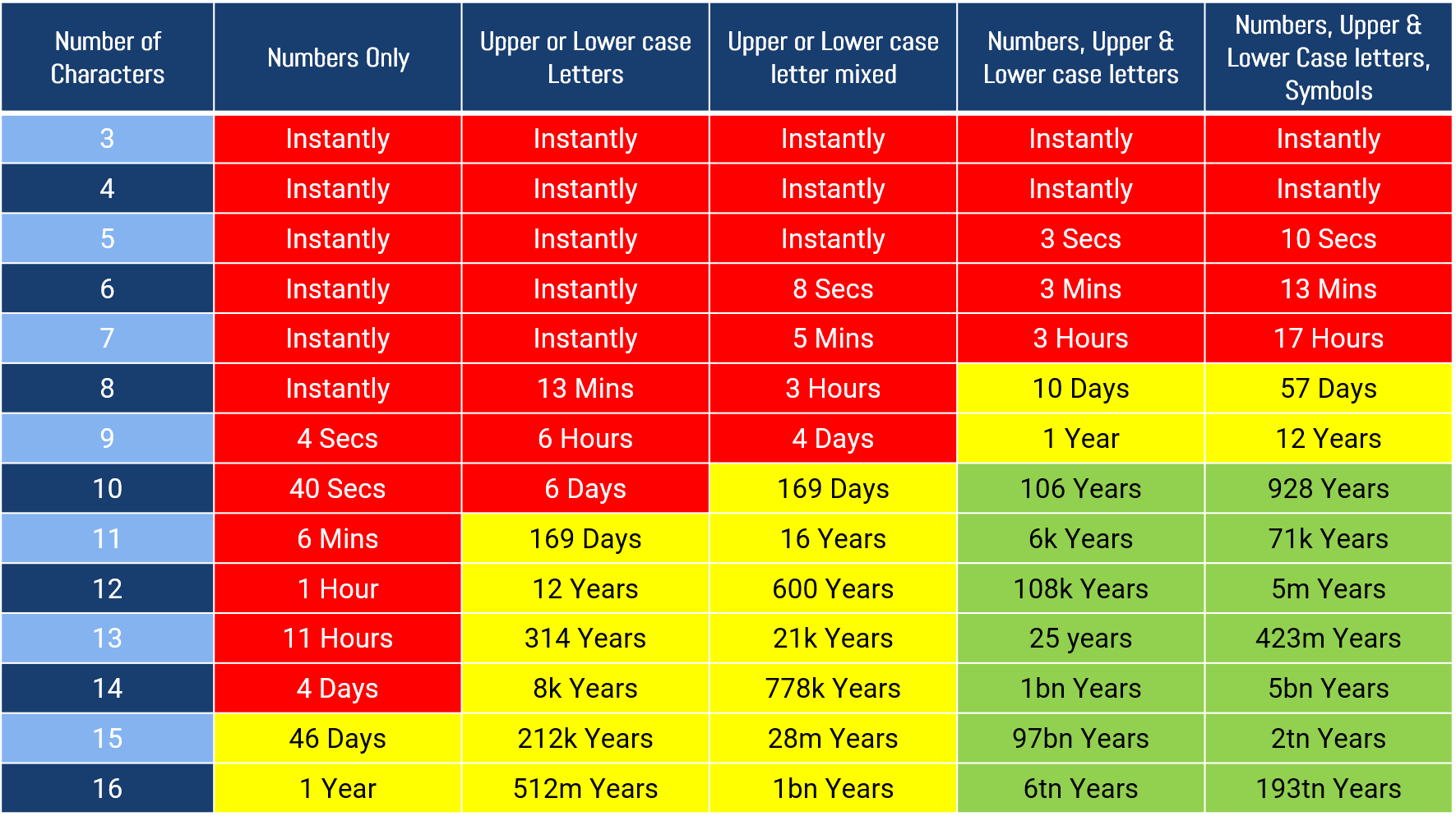
The chart above displays examples of how long your password could be breached based on the number of character, combinations of letters, numbers, and special characters. It’s important to keep in mind the chart is an estimate of how long your credentials could be stolen if you don’t use the same password for other accounts and you’ve never been involved in a data breach with the same credentials.
Incorporating multiple levels of security is the only way we can truly secure our accounts nowadays. Multi-factor authentication is highly recommended by cybersecurity specialists everywhere.
What is MFA?
MFA is commonly referred to as an “extra layer of protection.”
MFA stands for multi-factor authentication. Instead of just using a simple password and username combination, MFA incorporates another “lock” that only you have the key. MFA is added security and is based on using a combination of something you have, something you know, and something you are.MFA is a combination of two or more methods. For example:
1. Something you know: like a password or pin number
2. Something you have: your phone or another device
3. Something you are: biometrics such as your finger print or facial recognition
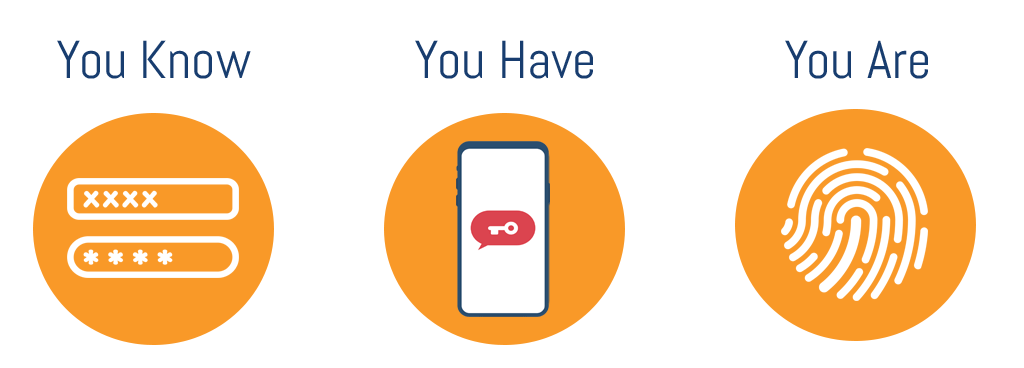
Why is MFA Important?
Not using MFA is like keeping your door closed, but leaving it unlocked.
Now, let’s say one of your online business account was involved in a data breach years ago, and you’ve since changed your password and then never thought about it again. That’s a great first step, except you decided to keep using the same password involved in the breach for other business accounts of yours. It’s as if you’ve locked one door, but handed out keys to all the other doors of your company.
Ways to Implement Good Password Habits
This may all sound complicated, but it’s not, and it doesn’t have to be! There are convenient ways to secure your accounts with a variety of stronger passwords and using MFA without disturbing your work day. A lot of popular sites already offer multi-factor authentication, and your managed service provider can help you implement company-wide MFA protocols to protect your employees and your business.
Password managers such as BitWarden, LastPass, and Keeper can help you organize your passwords, implement MFA, and even auto-fill forms with ease.
CTG Tech can provide you with company-wide solutions for password management and multi-factor authentication that are specifically designed for your business. MFA is one of the most simple ways you can better protect your accounts and worry less about the security of your business. We have to keep in mind that as cybercriminals continue to advance their techniques, we can only defend against their attacks; so the more defense the better.
Are you Ready for a FREE Security Consultation?
